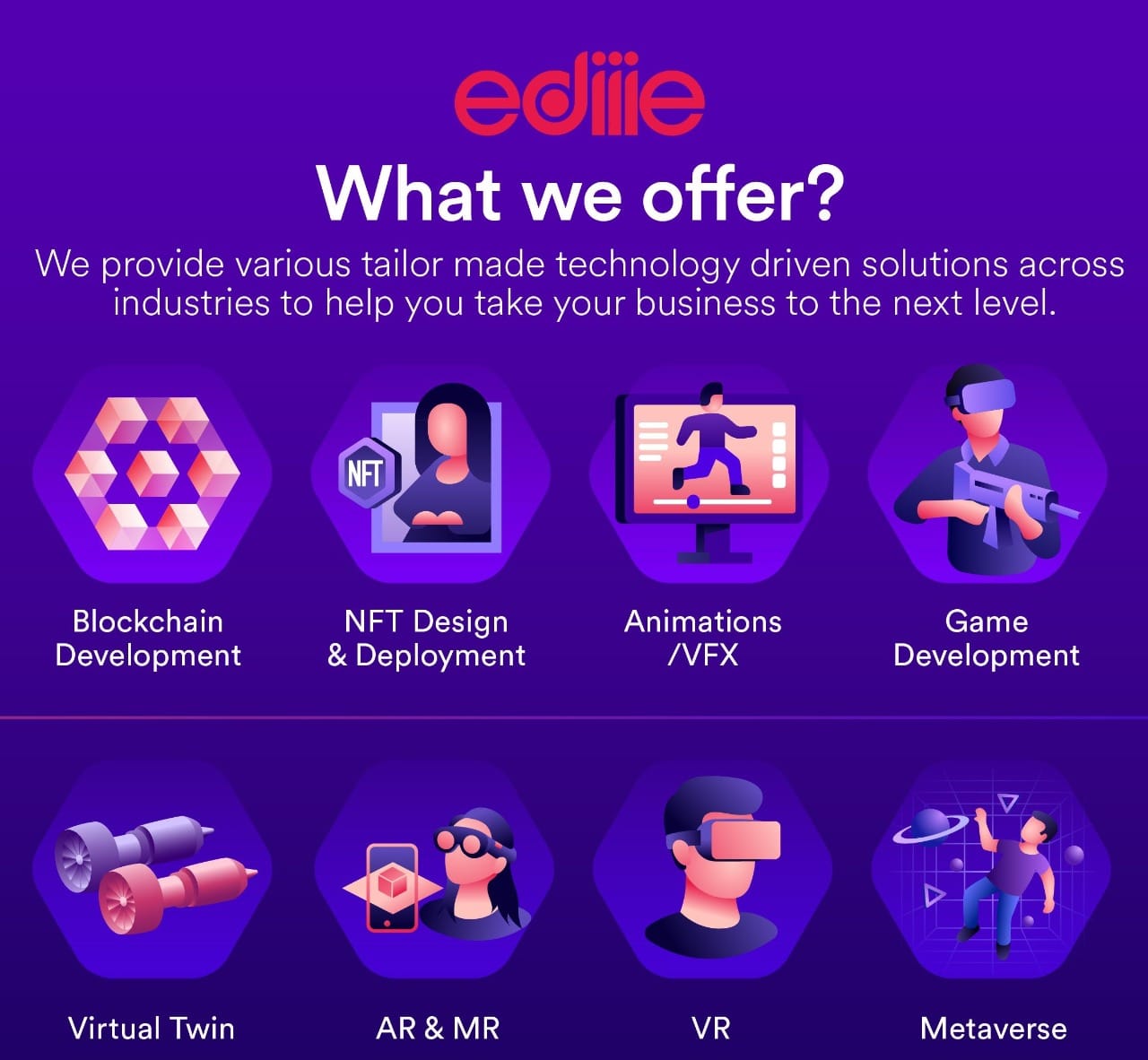How AR and VR Are Driving a Revolution in the Market
Customer Relationship
Management is a very important concept in marketing because it is ultimately
the customers that drive the market. Their success rate is based on the
customer experience.
Therefore, it is important to
enrich customer experience in order to bring him/her more and more to the shop.
Customer relationships can be developed only when a customer is satisfied with
the product and service.
In other words, the customer tends
to become loyal to a company when they have a positive experience with the
product and the service of the company, as customer loyalty is important for the survival of a company in the long run.
Especially in the case of retail,
where products are sold to customers for the purpose of consumption, we have a
lot of formats such as supermarkets, hypermarkets, malls, department stores,
etc.
Therefore, it is important to
know how these can generate customer loyalty when there is tough competition
and a dynamic market.
So, the question now arises,
how can we enrich a customer experience and develop loyalty out of them. Well,
the answer to this is through the use of AR and VR.
As retail is involved in
interacting with people to provide wonderful customer service and information
about products and services, it makes it more important to take their feedback
and use the same to better the services.
So, the use of Augmented Reality and Virtual Reality can help a simple retail store to build such a platform that will not only improve customer experience but also retain them forever to the brand.
Applications of AR and VR in retail
1. Beauty industry
Never compromise on how you feel, and beauty is the only way to make one feel
good. AR can help users to try hundreds of beauty products and then choose.
Women can try different shades
of makeup or different haircuts and hairstyles, to choose what best looks on
them. Consumers can try any product just at their fingertips and helps them save time.
2. Fashion and Footwear
It
works on a try-and-buy approach. Nobody compromises on their looks. So, AR brings the process of trying new clothes without actually getting to actually try. By using artificial
intelligence, virtual reality, and gesture recognition technology, the mirrors
can superimpose clothes over the person wanting to try different clothes and
create images in the mirror.
By using artificial
intelligence, virtual reality, and gesture recognition technology, the mirrors
can superimpose clothes over the person wanting to try different clothes and
create images in the mirror.
In short, the mirror can
become a virtual changing room for the customers. This technology helps one to
try dozens of different combinations that are not even shelved in the showroom
but can be customized and designed, the customer likes it.
3. Furniture
This technology will help one to find the right kind of furniture that fits perfectly in their apartment. Users can visualize the exact size of the furniture and can get an idea of how the furniture will look when positioned at a particular place or whether it fits or not.
Related post: How VR is being Used in Real Estate
Customized services
1. Better Shelf Management
The company can keep detailed track of what is happening on the physical shelves using AR.
This also helps them in collecting
big data and to know what product is mostly preferred by customers. Since a
common customer habit is to touch and feel a product, this will help in analyzing,
what is picked, discarded, and bought more often.
What features usually
customers look for and how often a product is being picked before actually
buying it.
2. Virtual changing/ dressing room
Since women are more frequent shoppers than men, they like the try-test
approach.
They would like to be sure of
anything before actually buying it, whether it is clothing or trying new
hairstyles or looks. Here, VR and AR help them to try anything virtually as
many times and with endless combinations, giving them complete assurance before
buying.
People can also share their
virtual pictures on social media and give you advice before you actually buy
them.
This leads to faster decision-making and more satisfaction among consumers.
Related post: AR Shopping for People with Disabilities
Overall benefits of AR and VR in retail
1. Personalized experience
AR
and VR provide a much more detailed, in line with customer preferences. They can
get an overview of what they are going to feel and how they are going to look
before actually stepping into it.
2. Improve customer engagement
AR can provide customers with in-store navigation and help them find the product they are looking for in no time. VR provides a virtual tour of the store to customers, while they are sitting in their home comfortably.
They can get detailed information about a product and can get a store kind of feeling, with the help of AR.
3. Increase customer satisfaction
With such a personalized experience, customers are likely to be more satisfied and chances of product return will be very low. Increased satisfaction will eventually increase purchases and create loyalty.
So, we can say that AR and VR can
really change customer buying behavior.
It can provide a better shopping experience and enhance their engagement and loyalty towards a product.
A lot of companies are already reaping the benefits of augmented reality and virtual reality and the way people are positively responding to these technologies will only push the companies to adopt them more aggressively before they are thrown out of the competition.







